
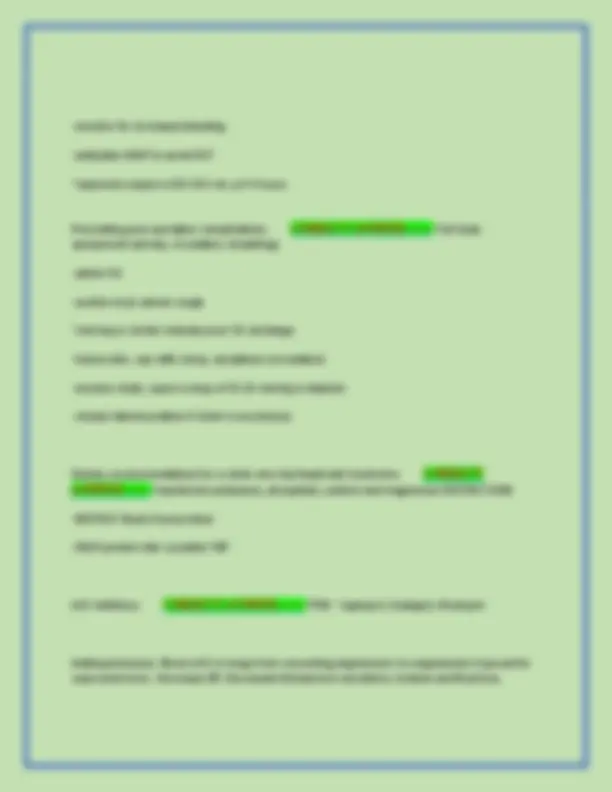
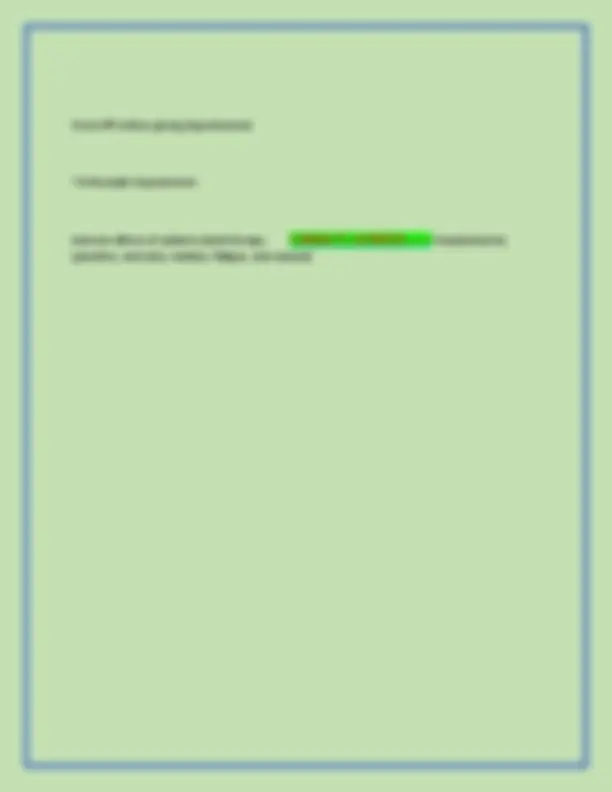
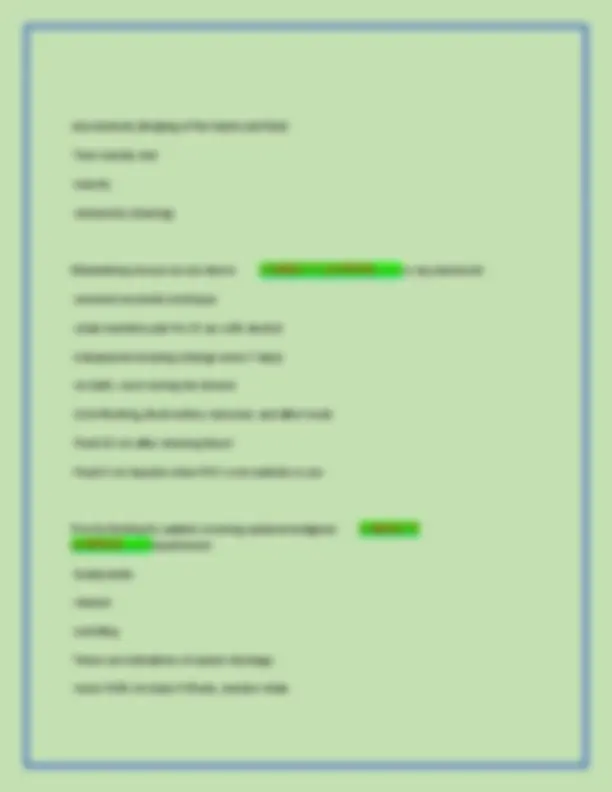
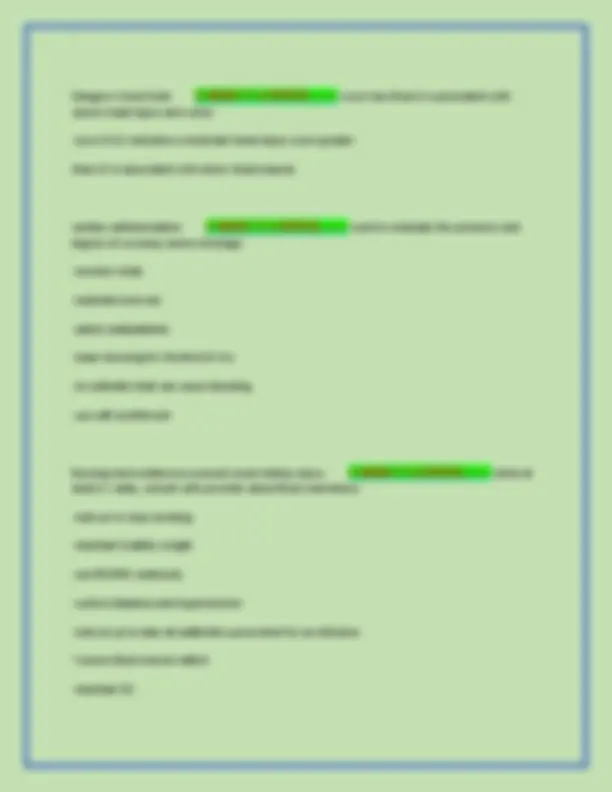
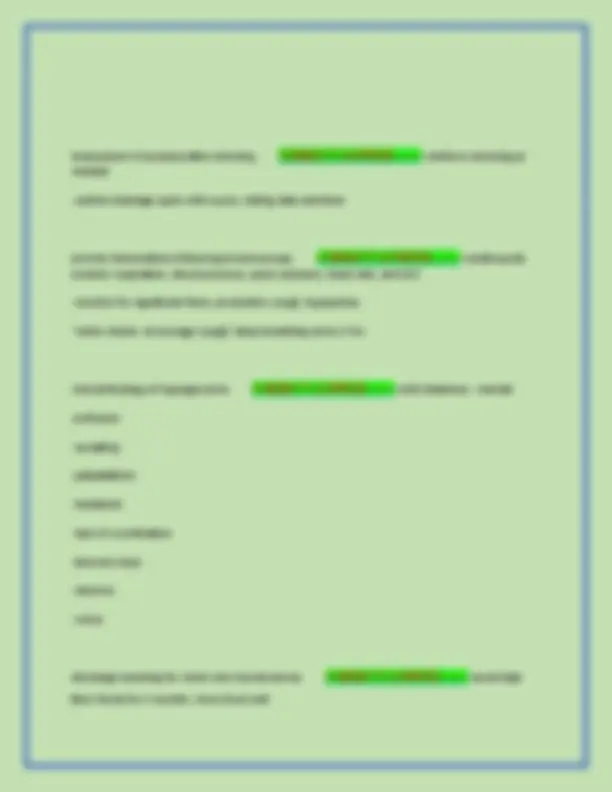
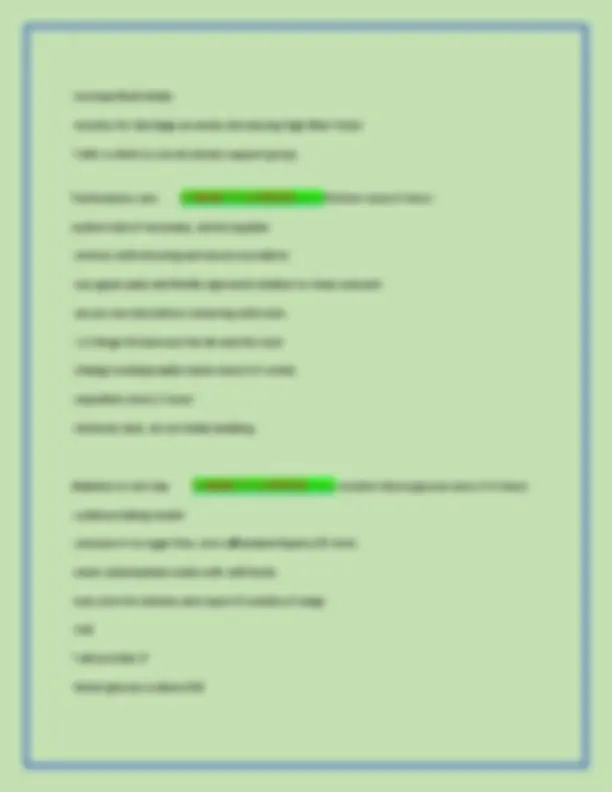

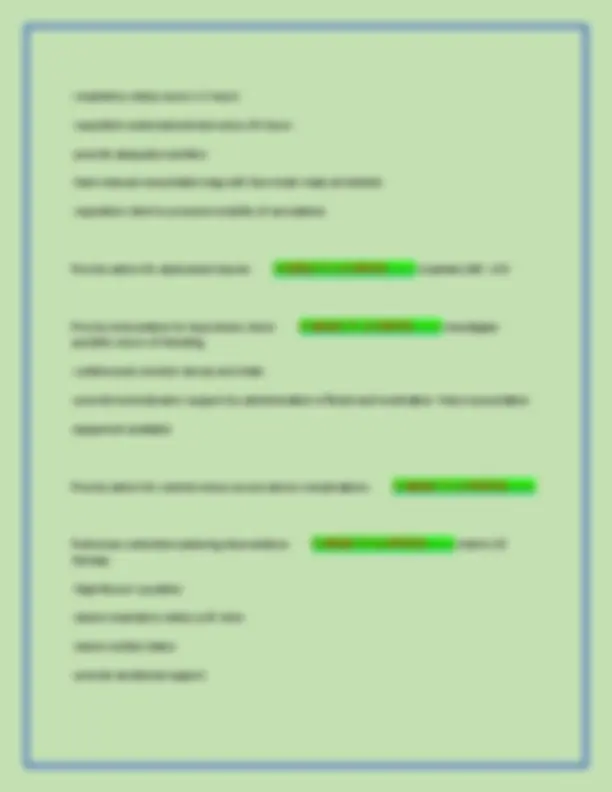
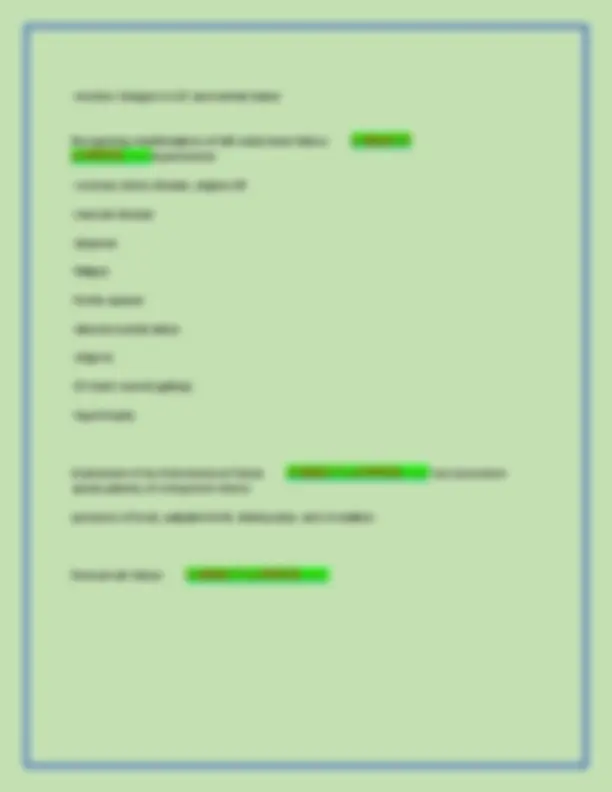


Study with the several resources on Docsity

Earn points by helping other students or get them with a premium plan


Prepare for your exams
Study with the several resources on Docsity

Earn points to download
Earn points by helping other students or get them with a premium plan
Community
Ask the community for help and clear up your study doubts
Discover the best universities in your country according to Docsity users
Free resources
Download our free guides on studying techniques, anxiety management strategies, and thesis advice from Docsity tutors
MED SURG ATI NEWEST MIDTERM ACTUAL ASSESSMENT EXAM 2025 WITH WELL STRUCTURED QUESTIONS & ANSWERS UPDATED A+ GUIDE SOLUTION Halo Device CORRECT ANSWER>>>>-maintain body alignment and ensure cervical tong weights hang freely -monitor skin integrity by providing pin care and assessing the skin under the halo fixation vest -DO NOT use halo device to turn or move the patient
Typology: Exams
1 / 15

This page cannot be seen from the preview
Don't miss anything!










Halo Device CORRECT ANSWER>>>> - maintain body alignment and ensure cervical tong weights hang freely
Risk Factors for colorectal cancer CORRECT ANSWER>>>> - women
Check BP before giving (hypotension) *Orthostatic Hypotension Adverse effects of antimicrobial therapy CORRECT ANSWER>>>> - Hepatotoxicity (jaundice, anorexia, malaise, fatigue, and nausea)
neurotoxicity (tingling of the hands and feet) *liver toxicity test
Planning pain relief for client who has osteoarthritis CORRECT ANSWER>>>> - Limit Acetaminophen- it does not provide anti-inflammaory benefits
Glasgow Coma Scale CORRECT ANSWER>>>> - score less than 8 is associated with severe head injury and coma